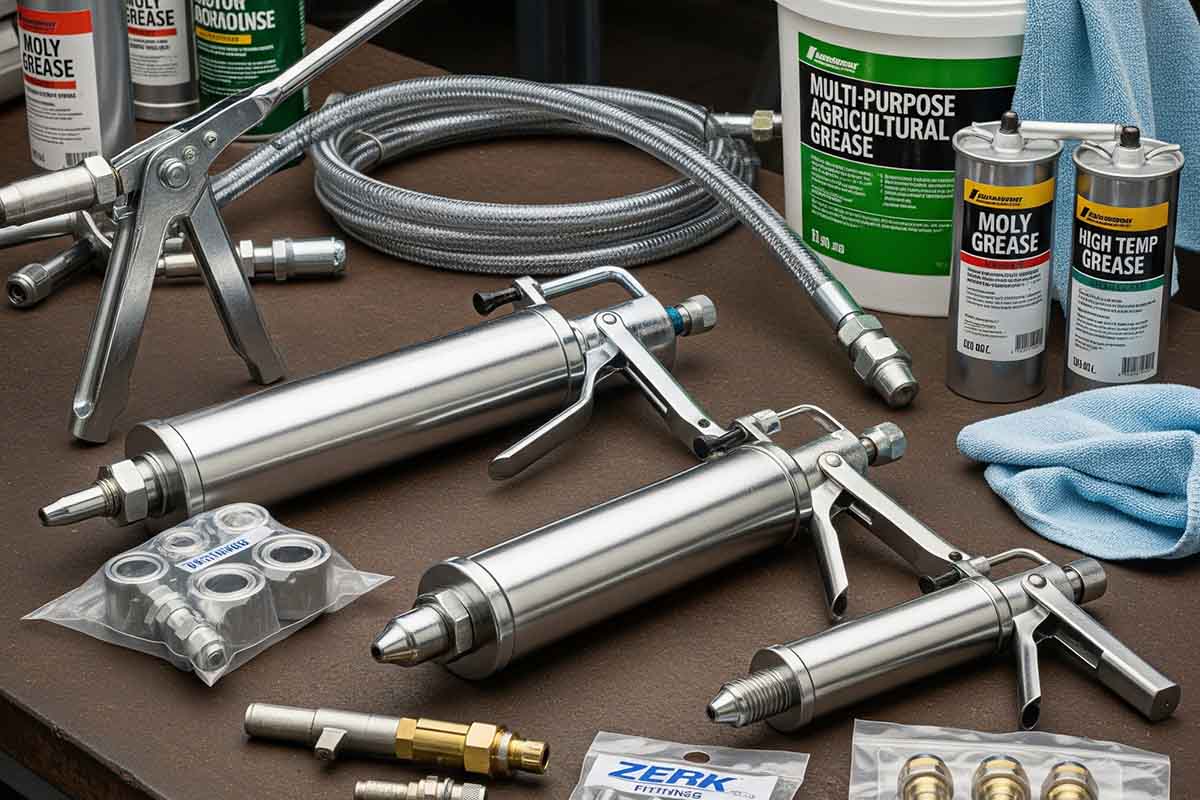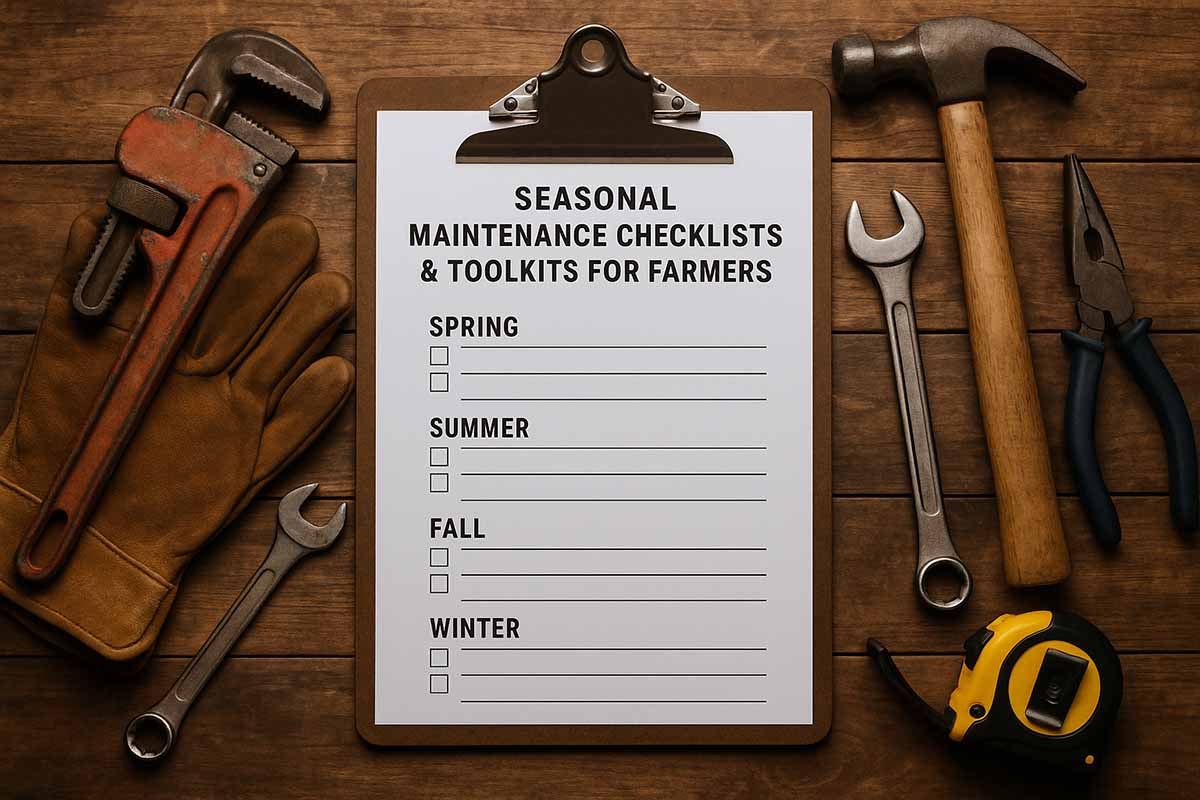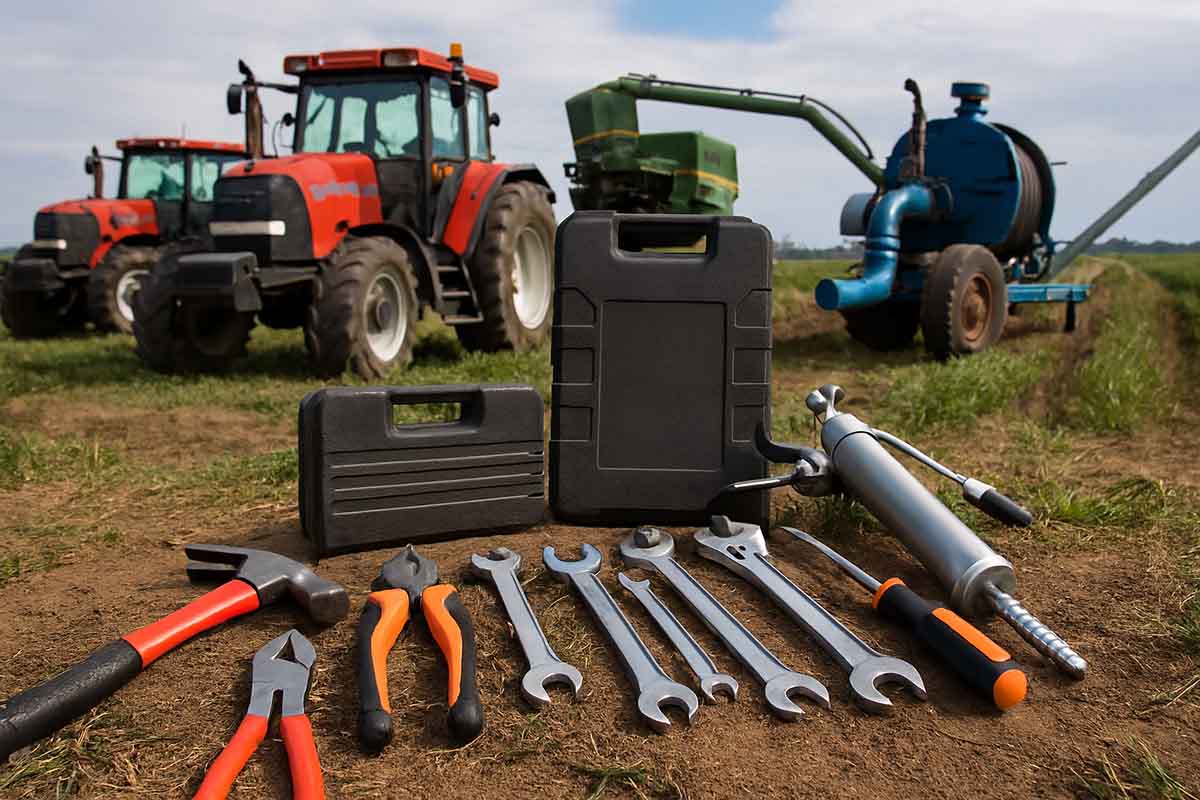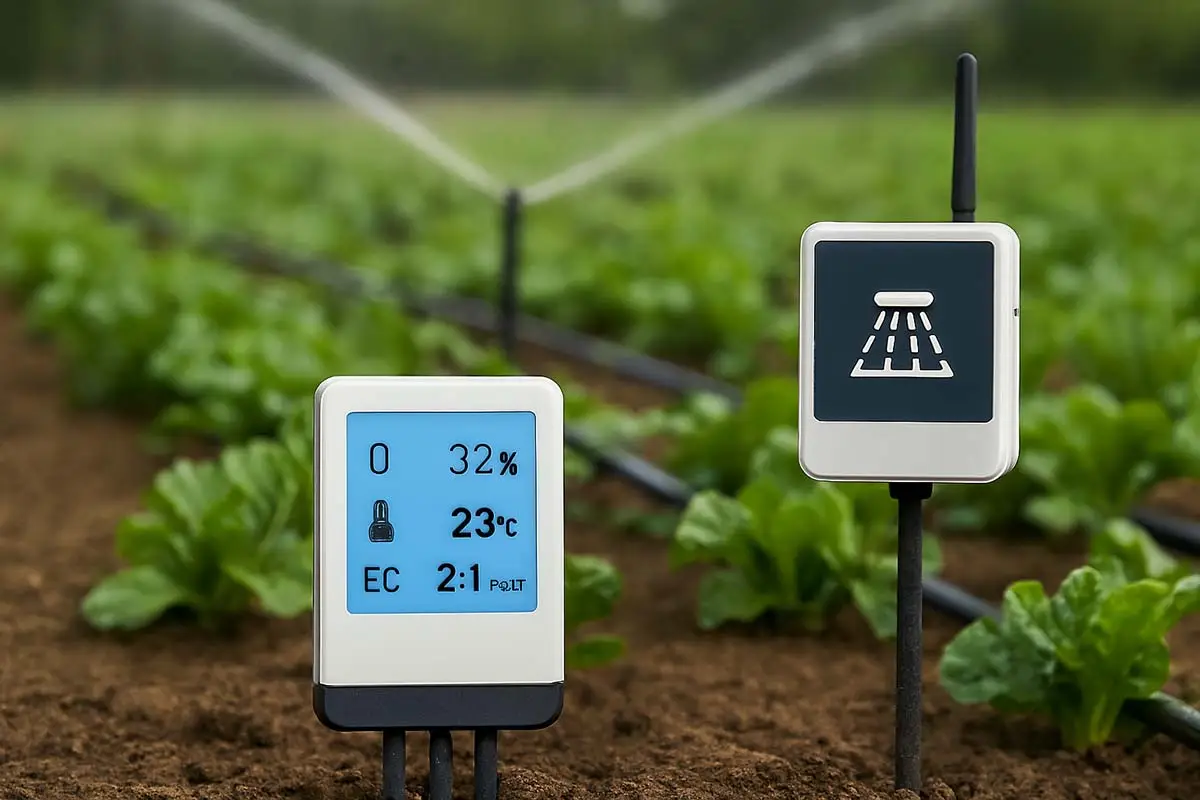Efficient lubrication is the unsung hero of farm machinery maintenance. Without it, even the most robust tractors, harvesters, and irrigation systems can suffer premature wear, costly breakdowns, and operational downtime.
In this post, we’ll cover the essential lubrication tools every farmer needs, plus expert best practices to keep your equipment running smoothly season after season.
Why Lubrication Matters in Agriculture
Agricultural machines face harsh conditions—dust, dirt, moisture, heavy loads, and long hours. Lubrication reduces friction between moving parts, prevents corrosion, and protects components from heat and contamination.
Proper lubrication:
- Extends machinery life
- Improves fuel efficiency
- Reduces repair costs
- Minimizes unplanned downtime
Essential Lubrication Tools for Agricultural Machinery
1. Grease Guns (Manual, Pneumatic, Battery-Operated)
The cornerstone of farm lubrication, grease guns deliver grease precisely to bearings, joints, and pivot points.
Features to consider:
- Flexible hose for hard-to-reach spots
- Lock-on coupler to prevent grease leaks
- Battery-operated models reduce hand fatigue during large jobs
Pro tip: Use high-quality grease suited for farm machinery — typically lithium-complex or calcium sulfonate types for water resistance.
2. Oil Dispensing Pumps
Used for filling gearboxes, engines, and hydraulic reservoirs with lubricating oil.
Key specs:
- Capacity to handle large volumes
- Compatibility with various oil viscosities
- Easy-to-use dispensing controls
3. Automatic Lubrication Systems
These systems deliver a steady flow of grease or oil to multiple lubrication points automatically, reducing manual labor and ensuring consistent application.
Ideal for: Large equipment with many grease points or critical parts needing constant lubrication.
4. Lubrication Point Access Tools
Tools like extension hoses, angled couplers, and specialized nozzles help reach difficult or awkward lubrication points without disassembling components.
Best Practices for Lubricating Agricultural Machinery
Follow Manufacturer Guidelines
Always adhere to the lubrication schedule and grease/oil types recommended by equipment manufacturers. Over-lubrication can be just as damaging as under-lubrication.
Clean Before Lubrication
Remove dirt and debris from grease fittings and oil fill caps before applying lubricant. Contamination can cause severe damage inside components.
Check and Replace Seals
Damaged seals can cause grease leaks and allow contaminants in. Regular inspection and timely replacement are essential.
Use the Right Amount
Too much grease can cause seals to burst, and too little leaves parts exposed. Use tools with pressure control or rely on automatic systems for precision.
Keep Lubrication Tools Clean and Calibrated
Dirty grease guns or pumps can introduce contaminants. Maintain your tools and calibrate automatic systems periodically for optimal performance.
Interesting Fact
Proper lubrication can reduce machinery energy consumption by up to 20%, translating into significant fuel savings during long harvest seasons.
Lesser-Known Fact
Some advanced farms use telemetry-enabled lubrication systems that alert operators when grease levels are low or when lubrication points are missed, improving maintenance accuracy.
Lubrication Tools and Best Practices for Agricultural Machinery FAQ
Further Read
- Industrial Tools in Agriculture – Powering Farming
- Overview of industrial tools for planting and harvesting
- Small vs Large-Scale Farm Tools: Real-World Case Studies
- Role of Mechanization in Sustainable Agriculture
- Top Agricultural Tool Brands You Should Know
- Emerging trends: automation, AI, and robotics in farming
- Top Industrial Tools Transforming Modern Agriculture
- Essential Maintenance Practices and Tools for Agricultural Machinery: Your Complete Guide
- IoT-Enabled Agricultural Tools
- Drones in agriculture: surveying, planting, and spraying
- Precision farming tools: GPS-guided equipment for planting and harvesting
- Data-driven decision-making in agriculture
- Top 10 Maintenance Tools for Tractors, Harvesters & Irrigation Systems
- Seasonal Maintenance Checklists & Toolkits for Farmers
- Hydraulic System Maintenance Tools for Heavy Farm Equipment
- Lubrication Tools and Best Practices for Agricultural Machinery
- Industrial Torque Wrenches: Key to Farm Equipment Safety
Conclusion
Lubrication is a vital yet often overlooked part of agricultural machinery maintenance. Armed with the right tools and best practices, farmers can significantly extend equipment life, reduce costs, and maximize productivity.
What are your go-to lubrication tools and techniques? Share your tips or questions in the comments below! And if this post helped you, don’t forget to share it on social media to help fellow farmers maintain their gear better.





